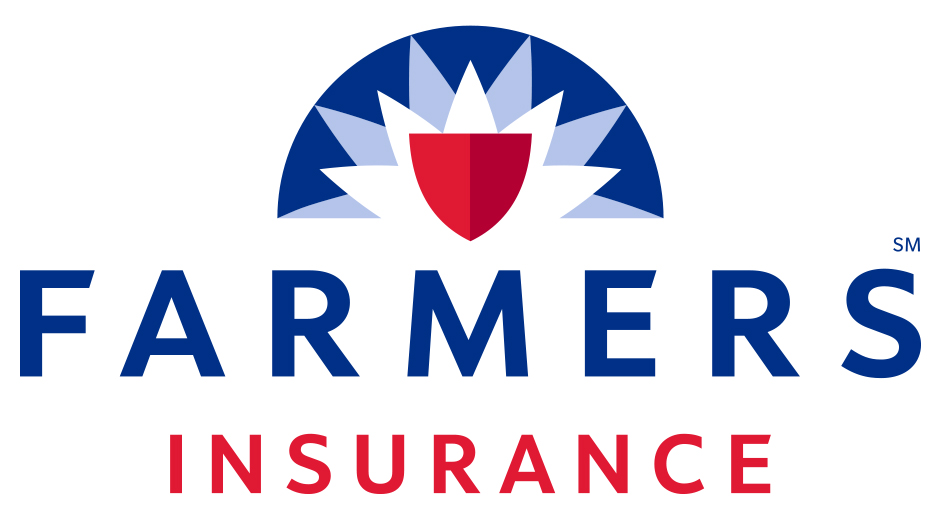Tire Safety – It’s what keeps your car on the road

Posted by Greg Freund, FCLS
Farmers Insurance Agent
3100 S Durango Dr Ste 104
Las Vegas, NV 89117
Office: (702) 944-0000
FAX: (702) 446-6700
Here are some important facts to know about your tire presure that will help to keep you safe.
- Sunlight heats up tires even if they’re not driven. For more even readings take note that not one side of the car has sun shining on it.
- Cold weather will reduce the air pressure, warm weather will increase the air pressure – it is important to recheck tire pressure when the seasons change.
- The PSI listed on the sidewall of the tire is the max cold pressure for the tire carrying the highest (weight) load the tire supports.
- Increase the cold tire pressure if the car will be carrying a heavy load or driven at high speeds for long times.
- Additional fuel economy and improved steering response can be obtained at the price of a firmer ride if the tire’s inflation is increased above what is recommended by the car’s manufacturer. This shouldn’t exceed the max pressure listed on the tire’s sidewall. Test the car to see if its driving feel is improved.
- If the car has to be driven to add air note the pressure before driving away. Then add the difference above when the reading is now. For instance if you wish to inflate your tires to 35psi and they’re reading 30psi cold. The tires are 5psi underinflated so when you add air after driving and they now read 33psi adjust them to be 38psi. They should then read 35psi when cold.
- Tires cannot be “eye-balled” for pressure, particularly modern radials. Always use an accurate gauge.






